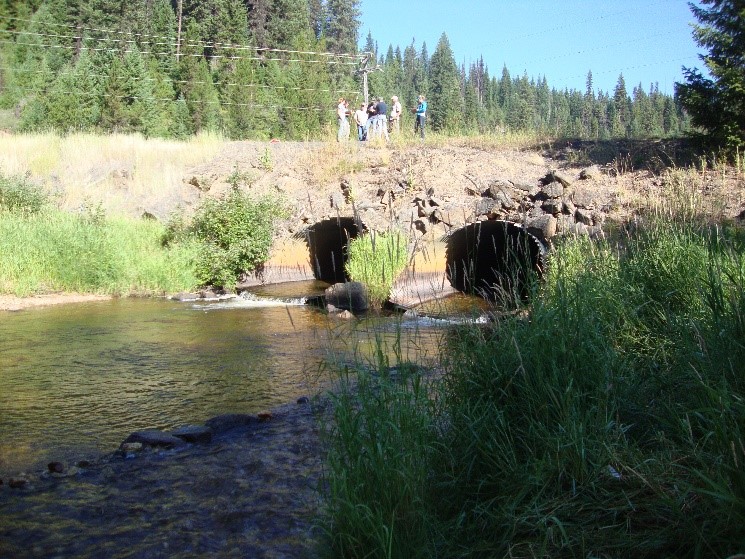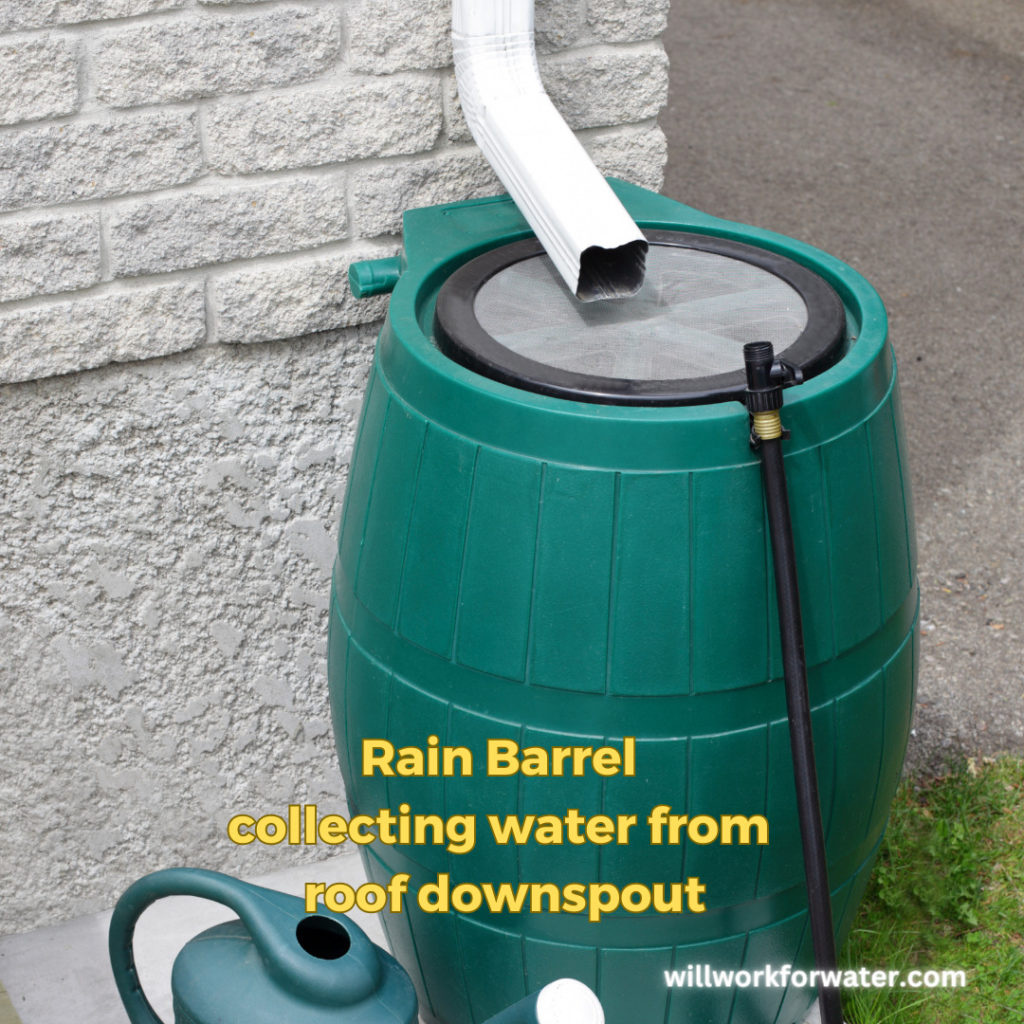Do you ever stop to think about the impact that man-made structures can have on aquatic organisms? Well, let me tell you, it can be quite significant. These structures, such as culverts or bridges, can act as barriers, preventing species from freely moving through streams and rivers. Luckily, there is a solution to this problem called Aquatic Organism Passage (AOP) Structures. In this article, you’ll learn how these structures are Improving Aquatic Organism Passage and promoting genetic diversity in our waterways.
AOP structures aim to replace barriers with structures that allow natural passage within a stream channel. This is important because it ensures that populations of aquatic species do not become isolated, which can lead to reduced genetic diversity. There are different types of AOP structures, such as open bottom or closed bottom configurations, that can be used depending on the specific needs of the stream. Open bottom structures allow the stream channel to be re-contoured through the culvert, blending seamlessly with the adjacent channel. On the other hand, closed bottom structures mimic the adjacent channel by filling the bottom of the culvert with streambed material.
In some cases, culverts may not be recommended and bridges are chosen as replacements. This could be due to various factors, such as the gradient of the stream. Regardless of the specific structure used, the design and implementation of AOP is crucial for restoring aquatic habitat and preserving fisheries. By removing barriers and ensuring the free movement of aquatic organisms, we can contribute to the overall health and resilience of our waterways. So, stay tuned to learn more about how AOP structures are making a positive impact on our aquatic ecosystems.

Improving Aquatic Organism Passage Through AOP Structures
Aquatic Organism Passage (AOP) Structures aim to replace existing structures that act as barriers to aquatic species with structures that allow for natural passage within a stream channel. These structures play a crucial role in maintaining healthy ecosystems and promoting genetic diversity in streams.
Importance of AOP Structures
The importance of AOP Structures cannot be overstated, as they not only promote genetic diversity but also prevent the isolation of populations. In streams and rivers, barriers such as culverts and tide gates can hinder the movement of aquatic organisms, leading to fragmented populations and reduced genetic exchange. This can have detrimental effects on the long-term viability and resilience of aquatic species.
Moreover, AOP Structures hold significant ecological significance. By ensuring the connectivity of aquatic habitats, they allow for the exchange of nutrients, energy, and genetic material, which are essential for maintaining healthy and functioning ecosystems. This connectivity supports the survival of various species, including fish, amphibians, invertebrates, and other aquatic organisms.
Benefits of AOP Structures
There are several benefits associated with the implementation of AOP Structures. Firstly, they play a vital role in restoring aquatic habitat. By removing barriers and allowing for natural passage, these structures facilitate the movement of aquatic organisms, enabling them to access suitable spawning and feeding grounds. This, in turn, enhances the overall health of the ecosystem.
Secondly, AOP Structures contribute to the preservation of fisheries. By providing suitable passage routes for fish species, these structures enable them to migrate, forage, and reproduce. This is particularly important for anadromous fish species, such as salmon, which need to travel between freshwater and marine environments.
Furthermore, AOP Structures enhance ecological resilience. By promoting the connectivity of habitats, they enable aquatic species to adapt and respond to environmental changes. This resilience is crucial, especially in the face of climate change, where the movement and migration patterns of aquatic organisms may need to shift in order to accommodate changing conditions.
Types of AOP Structures
AOP Structures can be categorized into three main types: open bottom configurations, closed bottom structures, and bridges.
Open Bottom Configurations
Open bottom configurations involve re-contouring the stream channel through the culvert to create a seamless blend with the adjacent channel. By removing any barriers or obstructions, these structures allow for the natural flow of water and the movement of aquatic organisms. This type of AOP Structure is particularly effective in situations where the stream channel can be easily re-shaped to accommodate the passage.
Closed Bottom Structures
Closed bottom structures are typically used in lower gradient streams where re-contouring the stream channel may not be feasible or necessary. These structures mimic the adjacent channel by filling the bottom of the culvert with streambed material. This creates a more natural and suitable environment for Improving Aquatic Organism Passage, ensuring the continuity of the stream ecosystem.
Bridges as Alternatives
In certain cases, bridges are preferred over culverts as replacements for barriers to aquatic passage. Bridges provide a more effective solution when culverts are not recommended due to factors such as steep slopes, high water velocities, or the presence of sensitive ecological areas. Bridges eliminate the barrier entirely and allow for unhindered movement of aquatic species.
AOP Design and Implementation
Proper design and effective implementation are crucial when it comes to AOP Structures. It is essential to consider various factors such as stream slope, water velocities, streambed stability, and the specific needs of the target species. A well-designed AOP Structure ensures that the intended goals are achieved, promoting the successful passage of aquatic organisms.
Additionally, effective implementation involves collaboration and cooperation between various stakeholders, including government agencies, environmental organizations, and local communities. This ensures that AOP Structures are built in the right locations and are properly maintained over time.
Conclusion
In conclusion, Improving Aquatic Organism Passage (AOP) Structures play a vital role in improving the connectivity of aquatic habitats and promoting genetic diversity in streams. By replacing barriers with structures that allow for natural passage, AOP Structures restore aquatic habitat, preserve fisheries, and enhance ecological resilience. Proper design and implementation of AOP Structures are essential for their effectiveness and long-term impact. By prioritizing the improvement of aquatic organism passage, we can contribute to the preservation of aquatic species and the overall health of our ecosystems.




